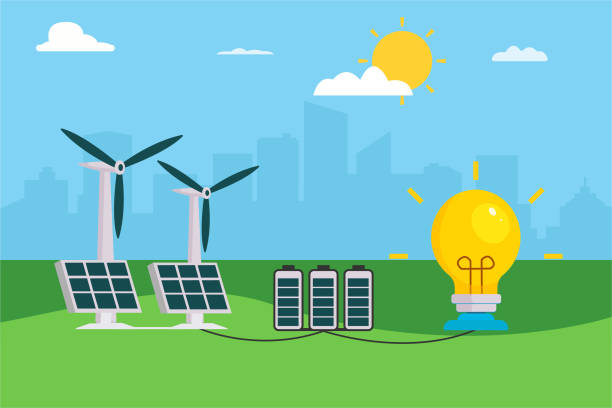How to Produce Maximum Energy from Household Waste?

Given the limited nature of the world’s resources & the growing public consciousness of the detrimental consequences of our “throwaway culture,” transitioning to a circular economy makes sense. To put it briefly, it entails extending the life of items and extracting materials or other valuables from them if repairs are not feasible. Part of this shift to circular thinking makes sense: producing energy from garbage which may be utilized in homes and businesses, such as heat or power. Make sure to get in touch with skip hire services at skip hire manchester if your place is riddled with household waste, it’s better to remove all that waste than just ignore it, right?
Methods for Producing Energy from Household Waste
Wet Fermentation
Among the most popular techniques, wet fermentation works well with organic waste that has a low amount of dry matter. This process involves first enriching organic wastes, such as decaying fruits and vegetables, food wastes, as well as wastes from cows, laying hens, and slaughterhouses, with water. Then, using a regulated fermentation system, those basic ingredients are fermented over time to produce methane gas. In a cogeneration facility, this gas is transformed into thermal energy or electricity.
Dry Fermentation
Another technique, dry fermentation, works well with organic waste that contains a significant amount of solid material. Animal manure and urban trash, including food and kitchen Household Waste, are used in this process. Following the separation procedure, methane gas is collected from these materials and they are stored for a while in sealed containers. Through cogeneration, this gas is cleaned and transformed into either heat or power. Solid wastes other than biomass sources are employed in operations other than wet and dry fermentation. There are two categories of solid wastes: hazardous and non-hazardous. They are further separated into household, industrial, commercial, institutional, municipal, and housing categories upon source analysis.
Incineration
Wastes used in incineration are primarily solid and typically cannot be transformed into another more valuable product. For instance, municipal garbage is perfect for this procedure. Through the utilisation of steam produced by the burning of garbage, heat is created that powers a turbine that generates energy.
Pyrolysis
High solid-content recyclable organic waste is used in the pyrolysis process. Typically, this is garbage that contains a lot of cellulose, such as cotton, paper, and old tyres. When these wastes break down at very high temperatures, significant quantities of pyrolytic oil and syngas—a gas mostly consisting of hydrogen—are released. After that, the engine burns the pyrolytic oil to produce electricity.
Gasification
Gasification is a process that primarily utilises waste from fossil fuels. With the aid of oxygen, which is provided under strict control at a high temperature, many gases are created. The gas in question has a high calorific content and is known as syngas. Syngas, also known as synthesis gas, may be processed to produce electrical energy or utilised directly.
Landfilling
Utilising methane gas created throughout the storage of municipal trash is the last technique, known as landfilling. In the trash collecting sites, the gas is gathered and extracted using pipes that have been installed correctly. After that, combustion turns it into energy.
Taking On Biological Material
Utilising anaerobic digestion, biological waste such as food and animal products may be converted into energy. The stuff breaks down into biogas and fertiliser in an oxygen-free tank. It’s a strategy with a lot of promise. By treating 5.5 million tonnes of food waste in this manner instead of composting it, we might save between 0.22 and 0.35 million tonnes of CO2 and provide sufficient electricity to power around 164,000 houses. Utilising the biogas generated by decomposing items in landfills is an additional approach to obtaining practical electricity from garbage. Even while this method is becoming less common since less organic material is ending up in landfills, it still contributes significantly to the UK’s energy supply—it produced 3.04 trillion watt-hours of green power last year.
Final Words
In the upcoming years, innovative methods of trash management in the UK will undoubtedly grow. There appears to be a plateau in recycling rates, with only slight increases observed. Although there is great potential for producing energy from trash, our priorities should be on extending the life of items as well as in cases where repairs are not feasible, repurposing and recycling them. Waste-to-energy ought to be utilized as a last resort after all other options have been exhausted.








